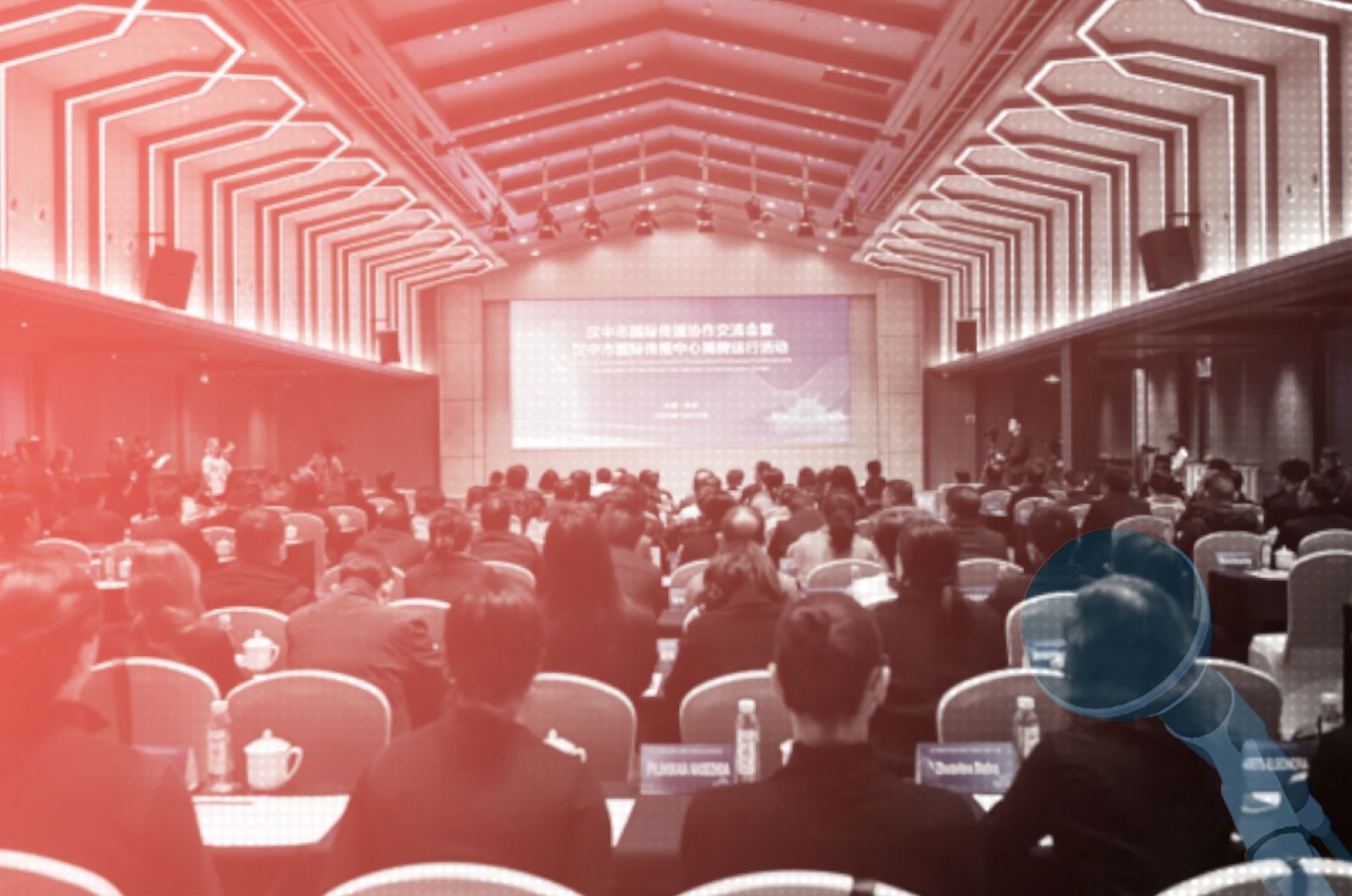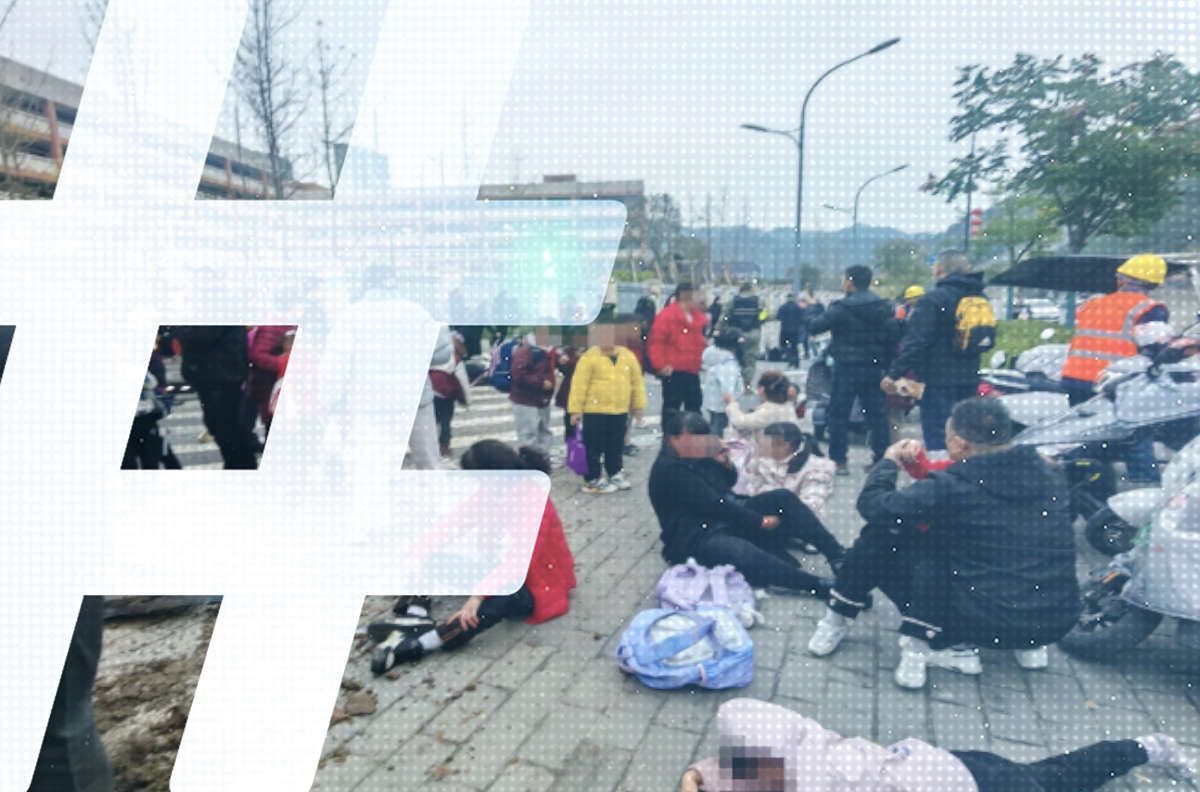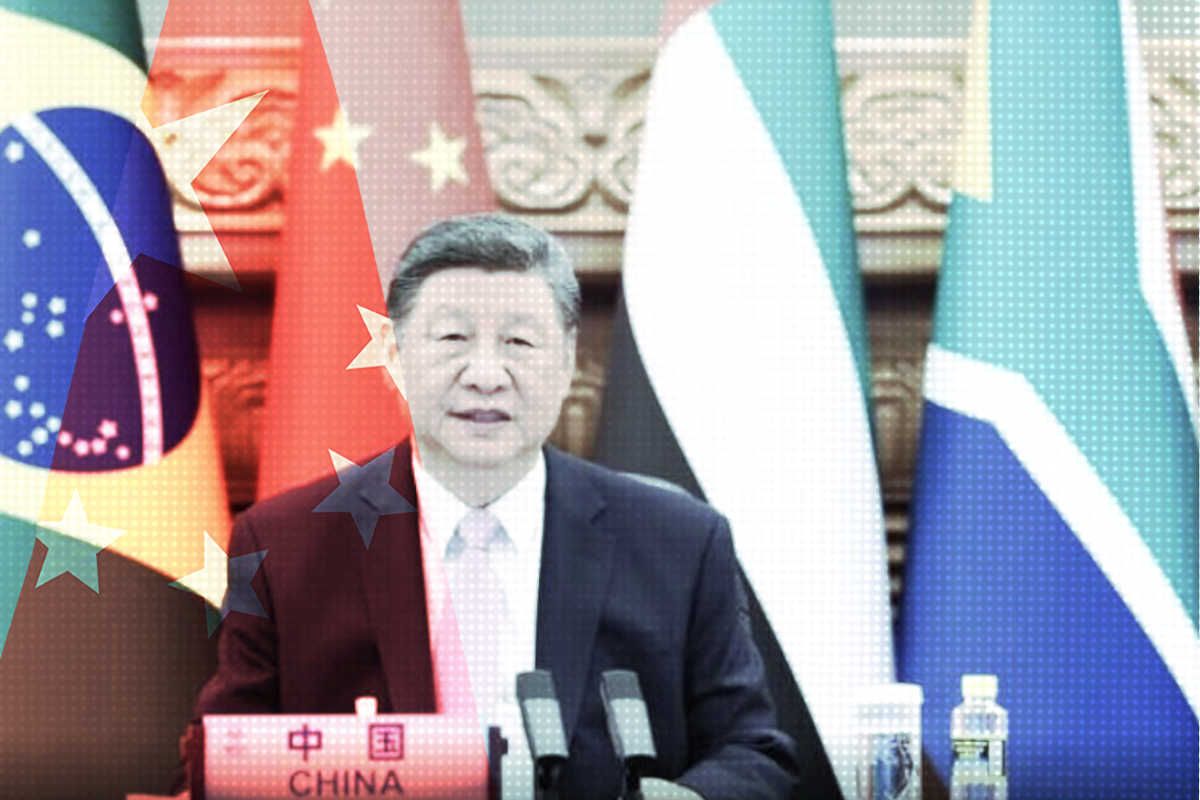
Web Spider, by @Krabiman (CC), available on flickr.com.
On February 22, the Cyberspace Administration of China (CAC), the country’s chief body for the control and regulation of social media and online content, released new regulations concerning platforms in China providing “internet user public account services” – what are more broadly known as “self-media” or “we media,” zimeiti (自媒体). While reports in the state media have emphasized the ostensible public health aspects of the regulation, stressing the need to ensure the “healthy and orderly” (健康有序) development of public accounts, and a “clear online space” (清朗的网络空间), the regulation makes crystal clear that its chief purpose is to re-consolidate Chinese Communist Party control over these platforms. It is about tightening control, and about strengthening the “Party nature” (党性) of digital media more broadly.
Let’s have a look.
The Party Rules All
The first three of four articles under the “General Summary” of the regulations deal with the legal basis, including the Cybersecurity Law and the Internet Information Services Measures; the intended scope, encompassing all those who “engage in the Internet user public account information services” and well as account operators, or “public account production operators” (公众账号生产运营者); and implementation, which will involve the CAC and its regional and local offices.
The fourth article, the lengthiest of the summary, brings political priorities immediately to the fore. Aside from abiding by laws and upholding their “social responsibility,” platforms providing public account services must “adhere to correct guidance of public opinion” (坚持正确舆论导向), this being still the primary phrase the CCP uses to denote the need to set the agenda and control information in order to maintain the stability of the regime.
Platforms, moreover, must have a correct “value orientation” (价值取向) – code for sharing the Party’s values and priorities – and must “promote socialist core values” (弘扬社会主义核心价值观). These values include power and prosperity, democracy, civilization, harmony, freedom, equality, fairness, rule of law, patriotism, dedication, integrity and friendliness. Those may sound wonderful. But make no mistake: the real core of these values is the CCP, which regards itself as their embodiment, the Party’s leadership being the “basic nature and character” of so-called “socialism with Chinese characteristics.” This means that the Party’s leadership and restraint applies to all of the above-mentioned values.
If you are not sure what this restraint means in practical terms, here is a visual illustration, a propaganda poster photographed several years back in Shanghai, which explains the socialist core value of “freedom.” The poster shows several powerful horses surging forward like a tide. The explanation to the right-hand side reads: “Freedom is not unrestrained – it requires a harness, and it requires a horseman.”

The Party is both halter and horseman, restraining and “guiding” the value of freedom. And the same can be said of freedom of speech as guaranteed in China’s Constitution (see Article 35). It is a right over which the CCP has complete discretion.
Weaving “Party Nature” Into Decentralized Media
Moving on, the next two lines of Article Four are even more revealing about the concrete purpose of these new regulations beyond mere restraint:
Party and government organs, enterprises and institutions at all levels as well as people’s groups (人民团体) are encouraged to register and operate public accounts, producing and releasing high-quality public affairs information or public service information to meet the information needs of the public and promote economic and social development.
Public account information service platforms are encouraged to actively provide the full necessary technical support and security guarantees for Party and government organs, enterprises and institutions and people’s groups as they raise the level of public affairs information release, public services and social governance.
The demand here is not just that platforms behave in terms of content regulation, but that they work “actively” to strengthen the presence of Party-state voices in the “self-media” space, ensuring that the Party’s views and agendas are mainstreamed. Cleansing the “self-media” space, restraining sensitive information and dissenting views, is not sufficient on its own. The way must be cleared for the dominance of CCP-led public opinion.
This not unlike the anxiety that attended the rise in the 1990s of commercial media, which despite their locus within the Party-state media structure, were seen as crowding out more “mainstream” Party voices – in particular the “Party papers” (党报) – and having a growing role in setting alternative agendas. Just as propaganda officials once bemoaned the loss of Party paper influence at the hands of “metropolitan papers” (都市类报纸) and internet portal sites, the hand-wringing in recent years has been about how to ensure the Party’s voice is not crowded out by zimeiti that are fast, responsive to audiences, and diverse enough to be unpredictable.
Building the Party’s traditional influence over public opinion into the changing information landscape is a major priority, not least because the leadership has recognized that mere restrictions on content, the cat-and-mouse game between censor and censored, is counter-productive over the long term. As one scholar explained the dilemma four years ago:
When relevant departments block and restrict public opinion arbitrarily, without clarifying the subject of their guidance and without offering a comprehensive explanation or assessment of the facts of public opinion, this inevitably lowers the effectiveness of news and opinion guidance, or even renders it ineffective, ultimately impacting the credibility of the government.
The answer is for the Party-state to become deeply enmeshed in the medium itself, to “guide” conversation and dissemination from the inside. Given the monikers “self-media” and “we media,” this may seem an odd and ironic transformation. But it is clear that the CCP is determined to place itself at the center of a media landscape defined by personalization (个性化) and fragmentation (碎片化) – a spider weaving its own pattern into the web.
The Fine Points
The main body of the new regulations sets out the more concrete measures to be taken in order to achieve the above-mentioned goals. In Chapter II, these deal directly with the service providers, and they include:
In Article 6, the demand that platforms have full management responsibility, implementing the full and necessary technical and human mechanisms that will ensure compliance;
In Article 7, the demand that providers implement a tiered management system (分级管理), which builds on Article 6 to make sure that avenues of control and responsibility are clear in terms of content management;
In Article 8, the demand that providers ensure that real names and identification are provided for all registered public accounts as a condition of registration, and that all bios and profile images and so on are authentic and verified;
In Article 9, providing that all public account in professional areas such as the economy, education, healthcare, legal affairs and so on provide professional certification at registration, and that the provider verify this certification – a process that could certainly be used to limit information shared by non-official sources;
In Article 10, specifying that providers ensure reasonable upward limits on registration of multiple accounts;
In Article 11, ensuring that providers prevent the transfer of registered public accounts from one user to another;
In Article 12, the demand that providers set up robust “monitoring and evaluation mechanisms” (监测评估机制)in order to log traffic and other activity, and to determine whether there are suspicious traffic patterns, indicating statistical fraud and so on;
In Article 13, the demand that providers establish a “black list” (黑名单) system for public account operators, logging violations of conduct rules;
In Article 14, specifying that providers must take the necessary measures to combat commercial fraud, false advertising, reputational attacks, copyright violations and so on.
Chapter III of the new regulations deal specifically with account operators, or “public account production operators” (公众账号生产运营者). And it is here we should the sea change in the way media controls now operate generationally in China. Specifically, while the demand to uphold the “Party nature” and so-called “guidance of public opinion” was in the past the responsibility specifically of traditional gatekeeping media such as newspapers and magazines, and radio and television broadcasters, it now applies to everyone. In this sense, it is important to recognize that the decentralization and fragmentation of media, while making expression and publishing readily accessible to all, has also universalized CCP controls on speech, making them more direct and personal than ever before.
Article 15 specifies that operators must abide by platform rules, which of course have already accommodated the Party’s content demands. Article 16 specifies that operators must take full responsibility for the content on their public accounts, and to this end directs that they must “establish and improve an entire-process information content safety audit mechanism (信息内容安全审核机制) to cover topic planning, editing and production of content, publishing and promotion, interactive comments, and so on.” The goal of this is to “strengthen the orientation, authenticity and legality of information content, maintaining a favorable order in online communication.”
Article 18 is a mixed bag of restrictions on the public account operator, mixing legitimate goals (such as the prevention of online violence) with political objectives. Perhaps most important here is the demand that accounts not provide “internet news and information gathering and publishing” and like services. This is essentially the demand that public accounts not engage in news production, or journalism, the CCP intent on preserving its control over this terrain through the licensing of news media and issue of press cards. But there are also vague demands here, such as that public accounts not “use sudden-breaking incidents to stir up extreme emotions” (利用突发事件煽动极端情绪). This of course could be broadly interpreted to curtail any discussion of breaking stories of great public importance. Likewise in this article with the demand that operators not “distort the truth and the facts” (歪曲事实真相), or “mislead the public” (误导社会公众) – both having frequently been used to attack real facts that inconvenience the CCP narrative.
Chapter IV of the regulations deal further with the need for “self-discipline” by service providers and public account operators, and the need to cooperate fully with regional and local offices of the CAC to ensure full compliance. There is also language about the need for both service providers and operators to “willingly accept social supervision” (自觉接受社会监督), including providing open channels through which members of the public can report content and take part in ensuring compliance.
This is yet another illustration of how the walls have come down between the regime of CCP information controls, traditionally exercised through “mainstream” media, and the broader public engaging through social media platforms. The “report” function, which might in regulatory landscapes outside China have a strong ethical or legal component, is highly politicized in the Chinese context. It is not at all uncommon these days to hear regulators like the CAC citing “complaints by the public” when enforcing political discipline and “correct guidance.”




















